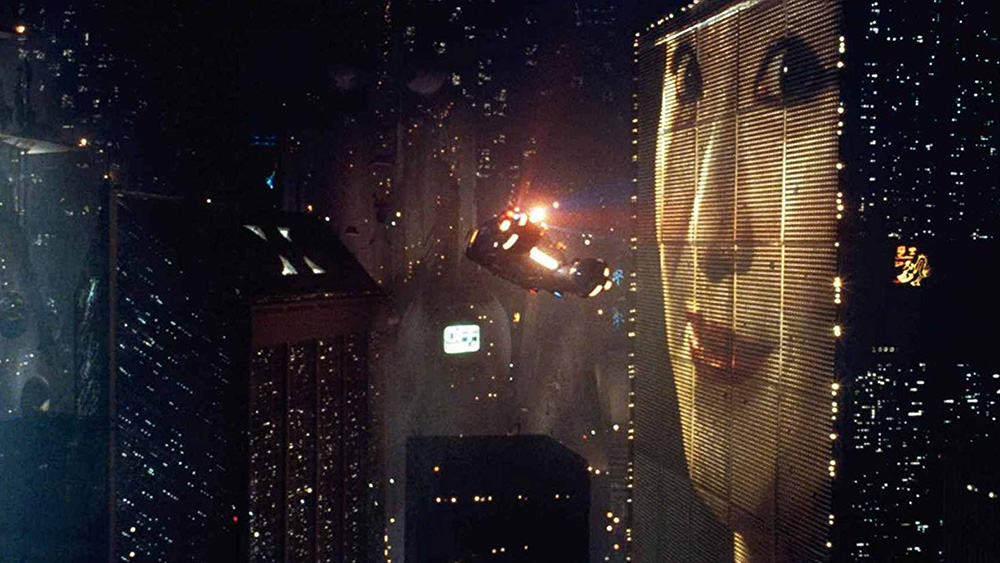


Therefore, if we want to create the starburst effect from the sun in our image, we will use a higher aperture setting. Shooting with higher apertures at F/14, F/16 and beyond will create starburst patterns in the lights in our images. This may not necessarily be the lens’s “sweet spot,” but we are shooting at F/16 because we want to create a certain effect. A closed down aperture at F/16 and beyond will cause diffraction. For example, sometimes we will need to use a wider aperture because we need the extra light, even if it reduces a little bit of sharpness in the image. The Starburst EffectĪs mentioned before, the optimal aperture setting is really going to depend on the actual scene and overall effect that we are going for. For example, if your lens is a 2.8 lens, your “sweet spot” will be somewhere around F/8 to F/11.
Simply hdr best setting full#
As a rule of thumb, a lens’s “sweet spot” will be at around 3-4 full stops above the maximum aperture setting. At higher apertures, your images will start to lose detail due to diffraction, which reduces a bit of the sharpness in your images. At apertures below the “sweet spot,” you will start to lose detail due to a thinning depth of field. Since every lens has a “sweet spot,” we recommend you look through online resources that will tell you the exact optimal aperture setting for your lens. However, with every lens, there is an optimal aperture setting that will yield maximum sharpness. When shooting HDR photography, the optimal aperture setting will depend on the overall scene and look that you’re after. Optimal Aperture Settings for HDR Photography For more information on the exposure triangle in HDR Photography, we’ve also shared the optimal settings for optimal ISO and shutter speed in separate articles.


 0 kommentar(er)
0 kommentar(er)
